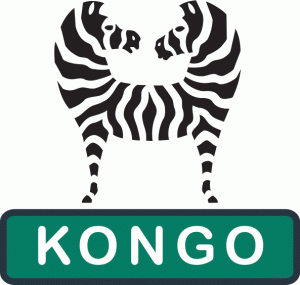The Excavation Game
The Excavation Game is an interactive and educational multiplayer experience created for GeoCenter Moens Klint, a science museum with focus on palaeontology.
When a palaeontologist finds bones from animals that are extinct, it can seem like an impossible task to try to recreate the past. What happened to this animal, and under which conditions did it live and die? To answer these questions, the palaeontologist must work like a criminal detective. Fossils, footprints and sediments can be possible ‘evidence’. From this evidence the researcher can create various hypothesis.
In 2012, the researchers from the GeoCenter made a sensational finding of fossils from the Triassic period. It was the world’s largest discovery of phytosaurs gathered in one place. But the researchers were mystified. There were both adults and young animals, and they were fossilised in mud. Why had so many animals died in the same place? It was clear that the animals had been located in a very muddy area. But what role did the mud play? Was it a family of phytosaurs who were surprised by a mudslide? Or was it a mud trap, where a dying animal attracted the predators, so that they also got stuck? Or was it the result of an extreme period of drought, where all the animals had gathered around the last watering hole?
All three hypotheses seemed likely, but which one was correct?
In 2016, the Geocenter sent a new expedition to Greenland to solve the mystery. This time, researchers were able to find the so-called smoking gun, i.e. the evidence that determined which explanation was correct.
We have created the excavation game to give visitors to the GeoCenter an insight into the work of an palaeontologist.
The visitors can try for themselves to find the same clues and fossils, and see if they can figure out which hypothesis is the more likely.
A very good example of how educational gaming can be. Developed in close cooperation with Copenhagen Creators.
